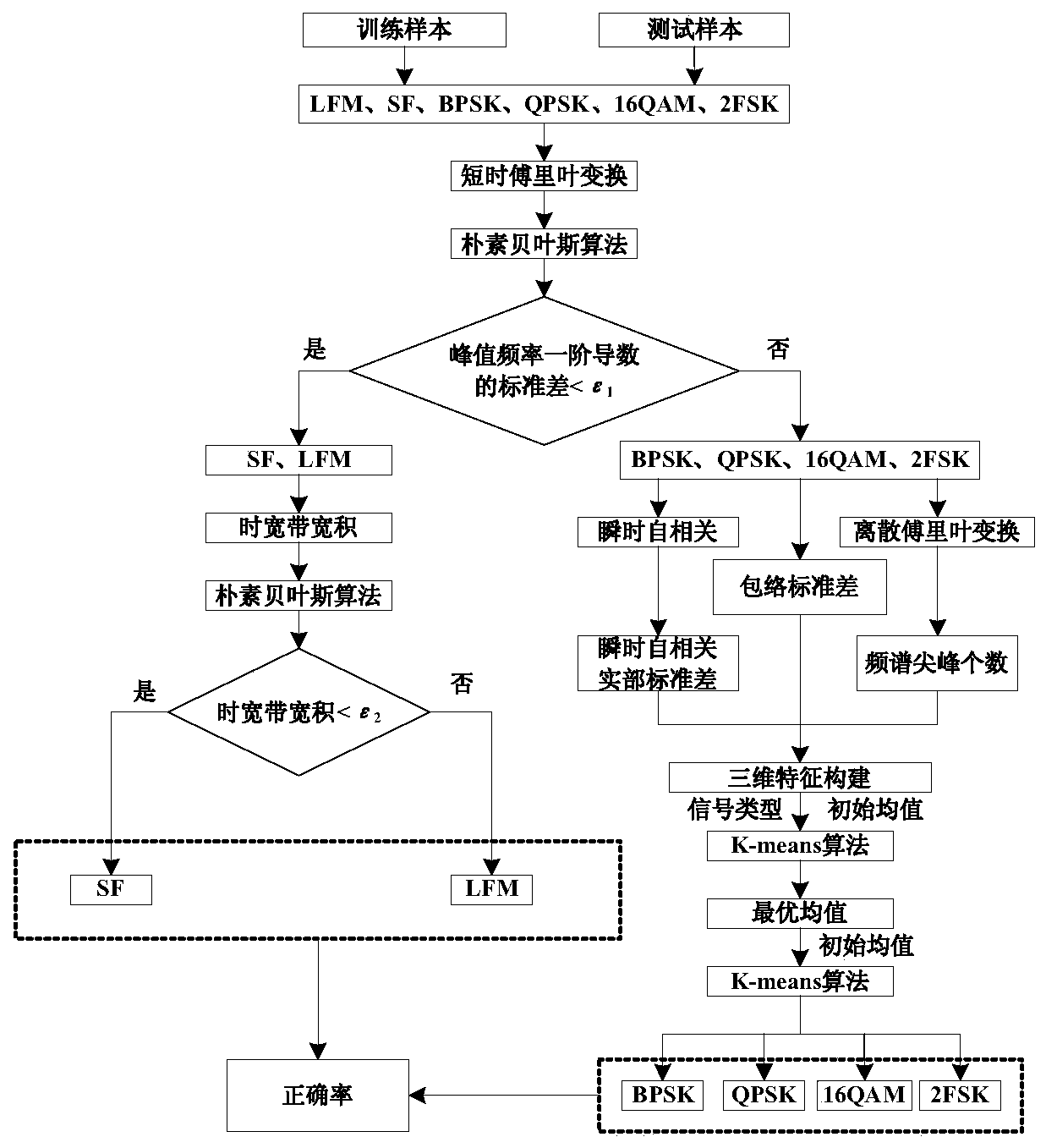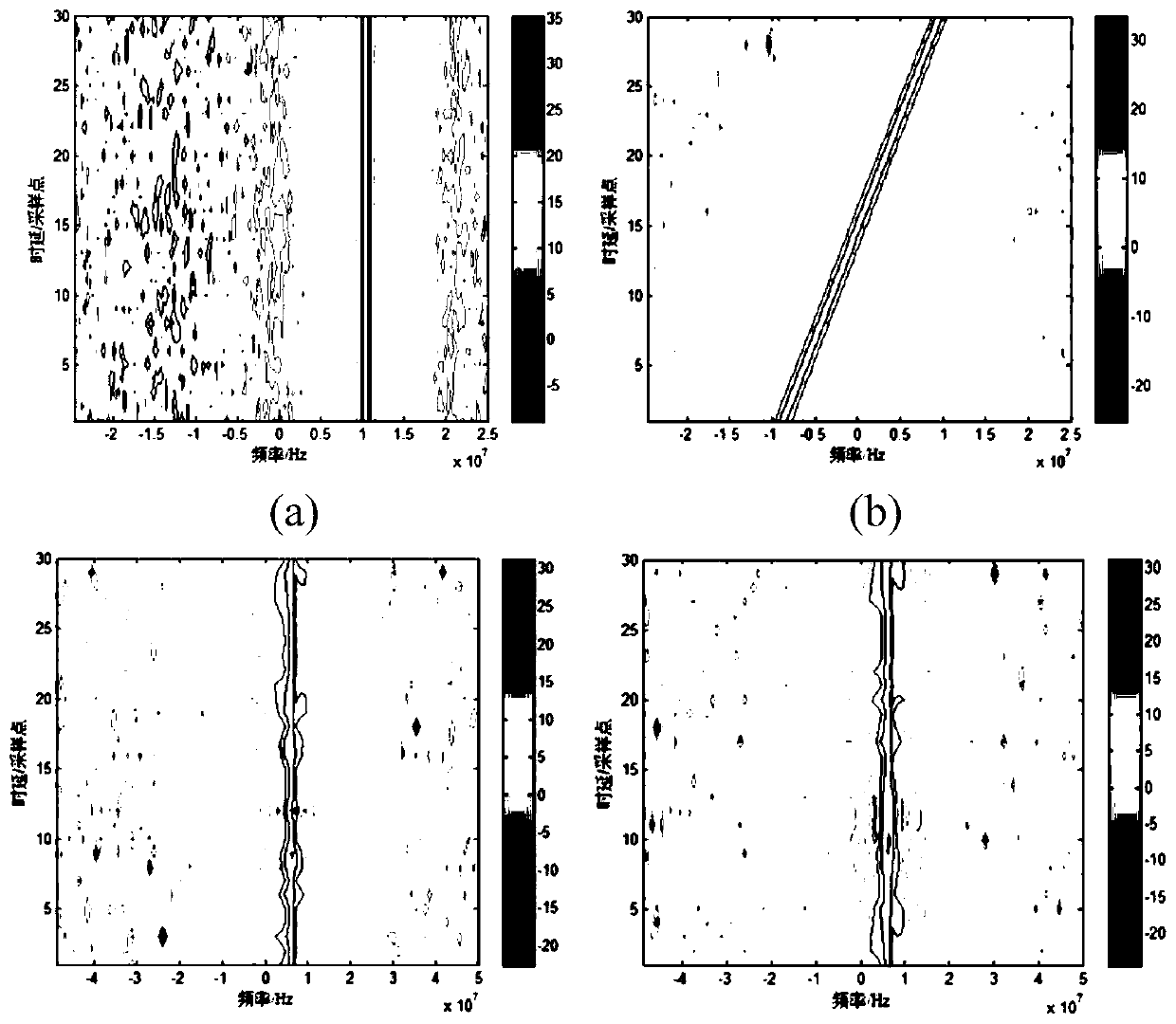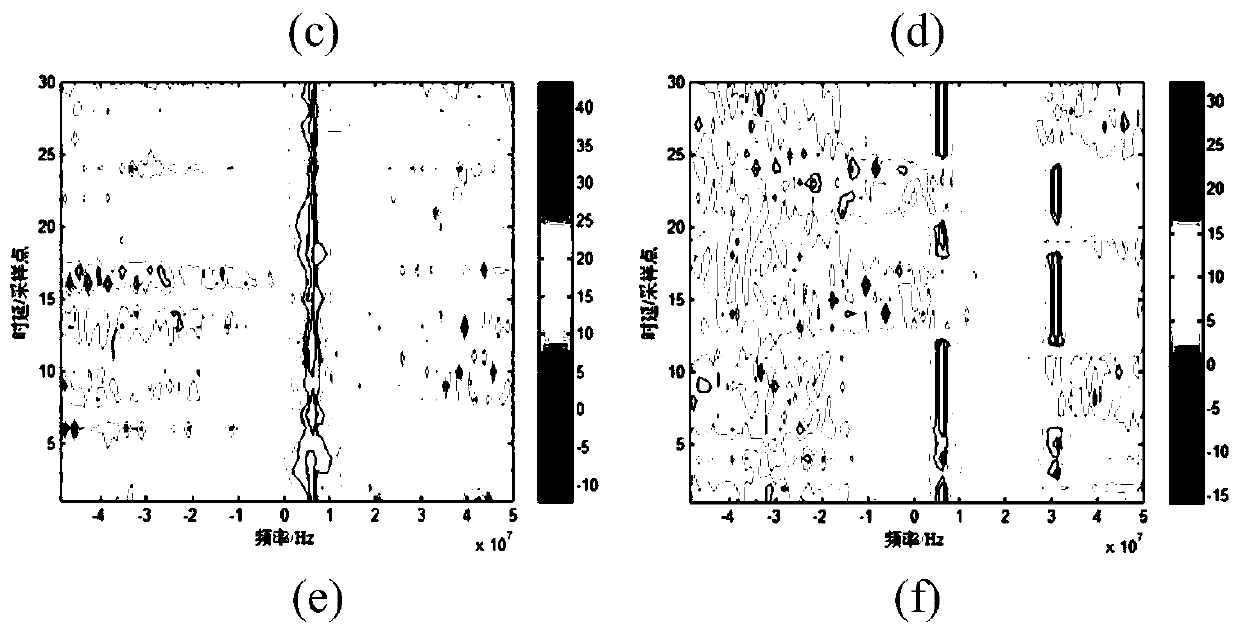Automatic signal modulation and classification method and system based on K-means
A classification method and classification system technology, applied in the direction of instruments, character and pattern recognition, computer components, etc., can solve the problems of increasing the difficulty of classification, not paying attention to the expansion of feature extraction methods, and not considering the various differences of signals
- Summary
- Abstract
- Description
- Claims
- Application Information
AI Technical Summary
Problems solved by technology
Method used
Image
Examples
Embodiment
[0143] Computer simulation is used to verify the recognition performance of the multi-signal classification algorithm. In order to generate data samples based on the ergodicity of parameters, signals under different parameter conditions are generated in the training and testing stages, and feature extraction is performed to achieve classification. In order to prevent too much sample size caused by too many parameter changes, and incomplete sample coverage caused by too few parameter changes, this paper mainly considers the changes in parameters such as signal-to-noise ratio, bandwidth, and symbol rate that have a greater impact on classification. Parameters such as sampling frequency and carrier frequency that have little influence remain unchanged.
[0144] Generate SF, LFM, BPSK, QPSK, 16QAM, and 2FSK signals according to the parameter settings shown in Table 1, and implement the first-level classification based on the naive Bayesian algorithm and the standard deviation of t...
PUM
 Login to View More
Login to View More Abstract
Description
Claims
Application Information
 Login to View More
Login to View More - R&D
- Intellectual Property
- Life Sciences
- Materials
- Tech Scout
- Unparalleled Data Quality
- Higher Quality Content
- 60% Fewer Hallucinations
Browse by: Latest US Patents, China's latest patents, Technical Efficacy Thesaurus, Application Domain, Technology Topic, Popular Technical Reports.
© 2025 PatSnap. All rights reserved.Legal|Privacy policy|Modern Slavery Act Transparency Statement|Sitemap|About US| Contact US: help@patsnap.com



